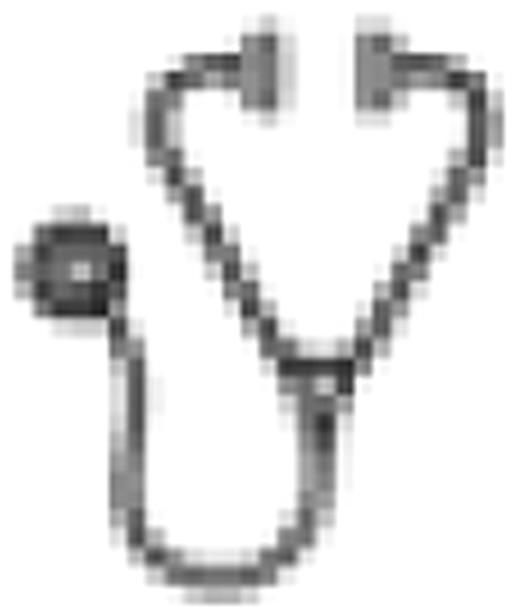Abstract
Abstract 1726
With prolonged imatinib therapy, BCR-ABL transcript levels measured by RQ-PCR assay show a progressive reduction, and some patients achieve complete molecular remission (CMR), which is defined as sustained undetectable BCR-ABL using RQ-PCR assay with a sensitivity of at least 4.5-log below the standardized baseline. However, due to the sensitivity limit of the current RQ-PCR technology, PCR negativity should not be considered as cure as more than 106 leukemic cells can still remain in the absence of detectable BCR-ABL transcripts by RQ-PCR. Although the numbers of patients with undetectable BCR-ABL are increasing with prolonged imatinib therapy and also with advent of more potent novel tyrosine kinase inhibitors (TKIs) such as dasatinib, nilotinib and bosutinib, currently there is no methodology to further classify the patients in CMR. In this study, digital PCR (dPCR) assay was applied for measurement of BCR-ABL transcript levels in patients with CMR to assess if more sensitive detection methodology can be implemented for molecular monitoring in CML. Between May 2001 and Aug 2008, total 757 CML patients were treated with imatinib in St. Mary's Hospital of the Catholic University of Korea, and 192 chronic phase (CP) CML patients have been under imatinib therapy for more than 2 years. Among them, 36 patients achieved PCR negativity at least once during imatinib treatment, and serial PB samples collected from the patients who have maintained CMR for at least 3 years in RQ-PCR were screened by dPCR. In dPCR assay, each sample was partitioned into hundreds to tens of thousands of reaction chambers, and this sample partitioning enables detecting extremely low copy numbers that would normally be undetectable by conventional RQ-PCR platforms. Using the BioMark Real-Time PCR System (Fluidigm) and 12.765 Digital Array (Fluidigm) in dPCR assay, only 1 liquid-transfer step is required to automatically partition each of 12 samples into 765 reaction chambers of approximately 4.6 ul (6 nl × 765), and pre-amplification step was performed prior to dPCR assay to improve the sensitivity. Regarding the detection limit, whereas down to 10-5 of cell line dilutions and down to 10-4 of patient sample dilutions were detectable using conventional RQ-PCR, dPCR showed 2–3 log improvement in the detection sensitivity limit by detecting down to 10-7 of cell line dilutions and patient sample dilutions. In all the patient samples collected at the first time point of PCR negativity, positive BCR-ABL signals were detected in dPCR assay, and gradual decrease in the number of positive signals were observed in the serial samples collected on yearly basis after achieving CMR. PB samples collected from 5 healthy individuals were also screened to confirm the significance of positive results in dPCR, and no amplification was detected in all of 5 samples. This study shows that the patients in CMR who is currently categorized based on the data derived from conventional RQ-PCR assay could be classified further using more sensitive methodology such as dPCR assay. In the previous studies on imatinib discontinuation, the selection criteria of candidates was solely based on the duration of PCR negativity prior to discontinuation, and conventional RQ-PCR was employed to measure PCR negativity. The fact that the absolute number of residual leukemia clones could not be measured under the detection limits of conventional RQ-PCR might have resulted in relapse in more than half of the patients, and it reflects that firm conclusions cannot be drawn about if a patient could safely discontinue the therapy solely based on conventional RQ-PCR. It might be necessary to have more sensitive assays which will allow further classification of patients who could be candidates for imatinib discontinuation without relapse. This study shows the potential of highly sensitive PCR approach for molecular monitoring, and dPCR examined here can be extended to expand our understanding of molecular profiles in CML patients and to correlate to clinical significance. Detection and quantitation of low copy numbers may help to more precisely follow-up the course of disease and thereby to more accurately tailor personalized therapeutic choices.
No relevant conflicts of interest to declare.

This icon denotes an abstract that is clinically relevant.
Author notes
Asterisk with author names denotes non-ASH members.

This feature is available to Subscribers Only
Sign In or Create an Account Close Modal